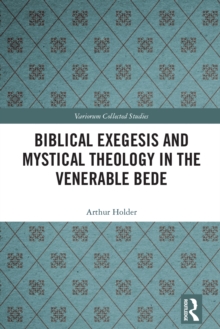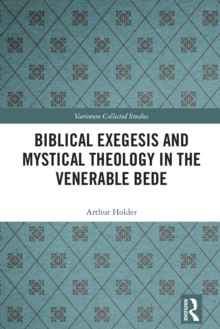
Land and People in Late Medieval England Hardback
by Bruce M.S. Campbell
Part of the Variorum Collected Studies series
Hardback
Description
This is the third collection of articles by Bruce Campbell to appear in the Variorum series.
Late medieval England was an overwhelmingly rural society.
Never since has such a large proportion of the population lived in the countryside or relied so directly for its livelihood upon agriculture.
The lot of a majority of that population was always a hard one - and never more so than during the first half of the 14th century, when peasants competed with each other for ever-scarcer land and work and a succession of major harvest failures jeopardised the survival of many. Nevertheless, experience varied considerably, both during this era of mounting population pressure and the century and more of population decline and stagnation that followed the demographic disaster of the Black Death.
How well individual communities coped during these contrasting conditions of expansion and contraction owed much to the quality and composition of their natural-resource endowment, a good deal to their ability to take advantage of changing commercial opportunities, and sometimes almost everything to how exposed they were to military conflict.
Always, however, much hinged upon how the twin feudal institutions of lordship and serfdom were mapped onto land and people via the manorial system. These are the themes variously explored by the eight essays assembled in this volume, which range from a case-study of a single crowded Norfolk manor to a consideration of the broad and, towards the end of the Middle Ages, widening contrasts that persisted between North and South.
Information
-
Available to Order - This title is available to order, with delivery expected within 2 weeks
- Format:Hardback
- Pages:344 pages
- Publisher:Taylor & Francis Ltd
- Publication Date:28/03/2009
- Category:
- ISBN:9780754659471
Information
-
Available to Order - This title is available to order, with delivery expected within 2 weeks
- Format:Hardback
- Pages:344 pages
- Publisher:Taylor & Francis Ltd
- Publication Date:28/03/2009
- Category:
- ISBN:9780754659471










